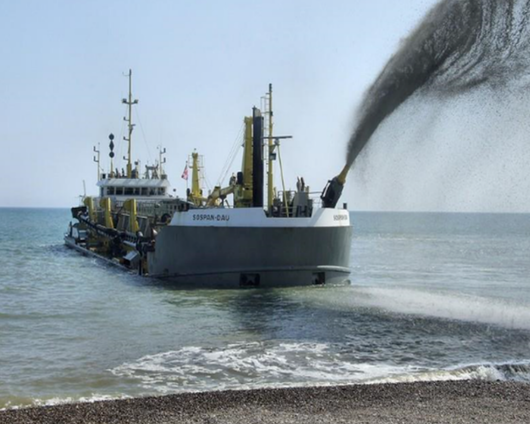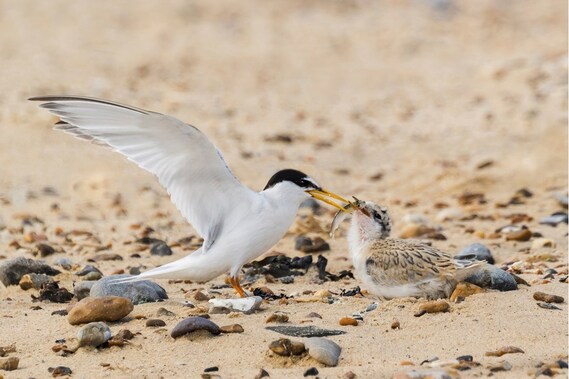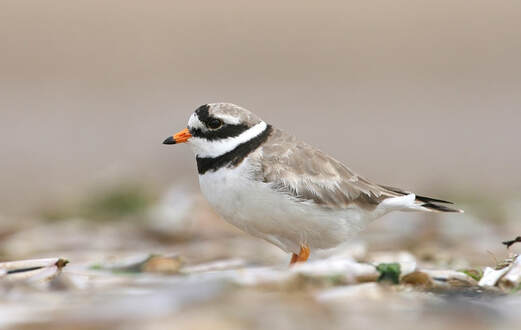|
By Leigh Lock, RSPB Programme Manager The importance of our soft coast and estuaries is staggering. The UK occupies a key strategic position along the NE Atlantic flyway supporting 3 Million waterbirds moving north to breeding grounds in northern Europe/The Arctic in spring and returning south to southern Europe and Africa in autumn – this represents 10% of the waterbirds of NW Europe and 15% of migratory waders in flyway. Amongst our breeding birds we have some of the largest colonies of gulls and terns in Europe and communities of breeding waders threatened throughout Europe. We hold 30% of Europe’s estuarine habitats, and 30% of its saltmarsh. Furthermore these coastal habitats provide a range of other services – salt marshes store more carbon per hectare than forests, natural habitats provide protection from coastal erosion and protect homes and businesses from flooding. The UK coastal ecosystem services have been valued at £48 Billion pounds. But despite this importance and the legal protection offered to it, this precious asset is under huge pressure. We have suffered massive scale past losses of habitat, the quality of remaining habitat is poor, particularly through developments and human impacts. Further losses of habitat are predicted with climate change a major driver – increased storms, erosion, flooding – compounding the losses over the past 50 years (all described fully in our Sustainable Shores report). Even where habitat remains the frequency of high tides, storm surges in spring /summer is flooding out our coastal breeding birds – in 2017 we estimate 20% of our little terns were flooded out over one weekend of spring tides. With erosion, flooding of key areas it is not surprising that little terns redshanks ringed plovers are amongst our most threatened breeding birds. On top of this is the impact of recreational pressure. It is estimated that 10% of UK recreational activity is concentrated on 0.6% of land area along the coast – and these effects very evident last year post lockdown when huge numbers of people flocked to the coast. This causes disturbance to breeding, roosting and feeding birds, damage and destruction of sensitive habitats.  Rainbow dredger. Less than 1% of the material dredged from our coastal waterways is used for environmental enhancement. We will be delivering an exciting project with HHA using material from the Harwich dredge to build up the shingle bank at Horsey Island in Essex. Much more on this later this year. Photo Credit: Mark Hackett Against such a background of pressures, we have developed the LIFE on the Edge project. Over the four years of the project we will be carrying out targeted work to improve the condition of a series of sites in England – from Titchwell in Norfolk, Langstone Harbour on the South Coast, South Walney in Cumbria to the Blackwater Estuary in Essex- and improving the prospects for some of our most charismatic coastal species such as Sandwich tern , little tern, oystercatcher. This involves demonstrating a range of management techniques from restoring freshwater grazing marsh, protecting salt marsh, creating and restoring islands, and improving the success of beach nesting birds – working in partnership with Government, NGOs, industry and coastal communities. Not everything will work – but we will test and trail new ideas, and learn from others not just in the UK but from practitioners in NW Europe in areas like The Wadden Sea which face similar issues. In doing so we will build up some good case studies of methods and approaches which can be applied more widely and recommend policy change to support their delivery.  The LIFE+ Little Tern Recovery Project ended in 2019. Although the project helped slow the decline, we concluded that more was needed to be done to increase the population. Through LOTE we will look to increase the area of safe nesting habitat and give the terns that extra boost. Photo Credit: Lyn Ibbitson (rspb-images.com) Ultimately we hope that LIFE on the Edge brings a message of hope- with examples of positive changes which bring benefits to wildlife , local communities and the local economy and which help set the tone for a step change in how our fantastic coast is managed. On this blog we will feature a range of views and experiences from coastal site managers, scientists, policy makers, with representatives from NGOs, government, industry and local communities – which will all be much more interesting than this one! So please follow us, and support our work to protect LIFE on the Edge.
1 Comment
David Whittaker
19/10/2021 16:39:36
I live near the coast on the south side of Morecambe bay at Pilling. You may be interested to know that I have seen little egrets here for the last few years usually numbering in the teens. One day another flock arrived from a different direction making forty in total, they stayed for a couple of hours before departing. They have recently returned, one flew across the field earlier today
Reply
Leave a Reply. |
Archives
April 2024
Categories
All
Photo credits: Oystercatcher by Katie Nethercoat (rspb-images.com)
LOTE Logo credits: Saskia Wischnewski |


